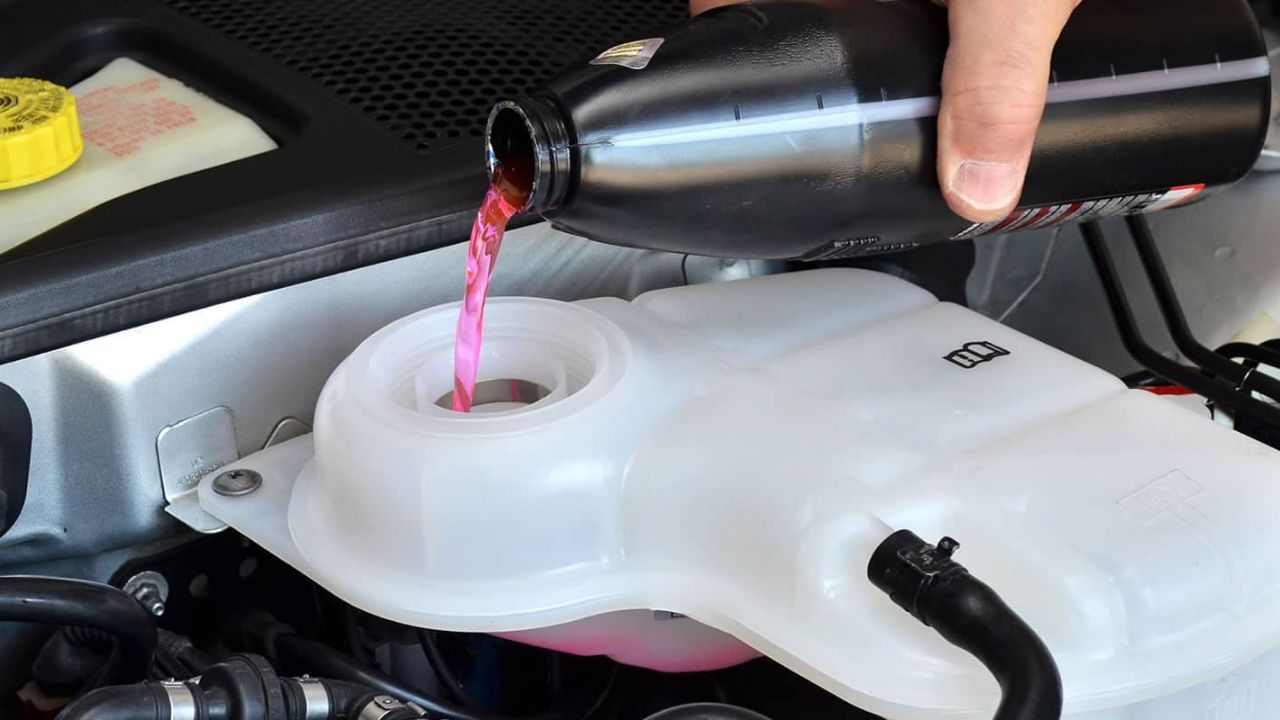How to Fix a Flat Tire: Step-by-Step Guide
Replacing a Flat Tire
When you can’t repair the tire, replacing it with a spare is your best option. Here’s how to do it:
Step 1: Gather Your Tools
Before you start the process, make sure you have all the necessary tools at hand. Here’s what you’ll need:
- Spare tire: Ensure it is properly inflated.
- Jack: A hydraulic or scissor jack will work.
- Lug wrench: This tool is used to loosen and tighten lug nuts.
- Wheel chocks: These help prevent the vehicle from rolling.
- Gloves: To protect your hands.
- Flashlight: Useful for low-light conditions.
Step 2: Prepare the Vehicle
- Find a Safe Location: Move the vehicle to a flat, stable surface away from traffic.
- Turn on Hazard Lights: This alerts other drivers that you are stopped.
- Engage the Parking Brake: This prevents the vehicle from rolling while you work.
- Place Wheel Chocks: Place these in front of and behind the opposite tires to further ensure stability.
Step 3: Loosen the Lug Nuts
- Use the Lug Wrench: Before lifting the car, use the lug wrench to slightly loosen the lug nuts on the flat tire.
- Loosen, But Do Not Remove: Turn each lug nut counterclockwise until they are loose, but do not completely remove them yet.
Step 4: Jack Up the Vehicle
- Position the Jack: Refer to your vehicle’s owner manual for the correct jacking point, usually near the wheel well.
- Lift the Vehicle: Pump the jack to raise the vehicle until the flat tire is off the ground. Ensure it is stable and secure before proceeding.
Step 5: Remove the Flat Tire
- Finish Unscrewing the Lug Nuts: Now that the car is elevated, completely remove the lug nuts by turning them counterclockwise. Keep them in a safe place as you will need them to install the spare.
- Remove the Flat Tire: Grasp the flat tire with both hands and pull it straight off the wheel hub.
Step 6: Install the Spare Tire
- Align the Spare: Position the spare tire on the wheel hub, ensuring the holes in the wheel align with the lug bolts.
- Hand Tighten the Lug Nuts: Place the lug nuts onto the bolts and hand-tighten them as much as possible. Make sure they are seated properly.
Step 7: Lower the Car and Tighten
- Lower the Vehicle: Carefully lower the vehicle back to the ground by slowly releasing the jack.
- Fully Tighten the Lug Nuts: Once the car is back on the ground, use the lug wrench to tighten the lug nuts completely. Use a crisscross pattern to ensure even tightening. Here’s how to do it:
- Tighten the top left lug nut, then the bottom right.
- Next, tighten the bottom left lug nut, followed by the top right.
- Repeat until all lug nuts are tight.
Step 8: Clean Up
- Check Tire Pressure: Ensure the spare tire is properly inflated (usually 30-60 psi).
- Store the Flat Tire and Tools: Place the flat tire and all tools back in your vehicle.
- Drive Carefully: If you installed a temporary spare (like a donut), remember that these are not meant for long distances or high speeds. Drive cautiously to a repair shop.
By following these steps, you can effectively replace a flat tire and get back on the road safely. It’s always a good idea to familiarize yourself with this process before you need to do it, ensuring you are prepared for any situation.
Conclusion: How to Fix a Flat Tire
Knowing how to fix a flat tire can save you from unnecessary stress, money, and wasted time. By learning to use tools like Fix-a-Flat, tire plugs, and patches, and knowing when to replace a tire altogether, you gain confidence in handling tire-related emergencies. Be prepared, practice your skills, and stay safe on the road or at home.
FAQ
- Can Fix-a-Flat permanently repair a tire? No, Fix-a-Flat is a temporary solution meant to get you to a repair shop. You should still get the tire properly repaired.
- What’s the difference between plugging and patching a tire? Plugging is inserting a rubber plug into the hole from the outside, while patching involves sealing the hole from the inside.
- How long does a tire plug last? A properly installed plug can last the lifetime of the tire, but it’s always best to check it regularly for wear.
- Can I drive long distances on a spare tire? Spare tires, especially “donuts,” are meant for short distances, usually up to 50–70 miles.
- Is it safe to patch a tire with a nail in it? Yes, as long as the puncture is small and in the tread area, not the sidewall. Always have the tire inspected by a professional if you’re unsure.



Post Comment